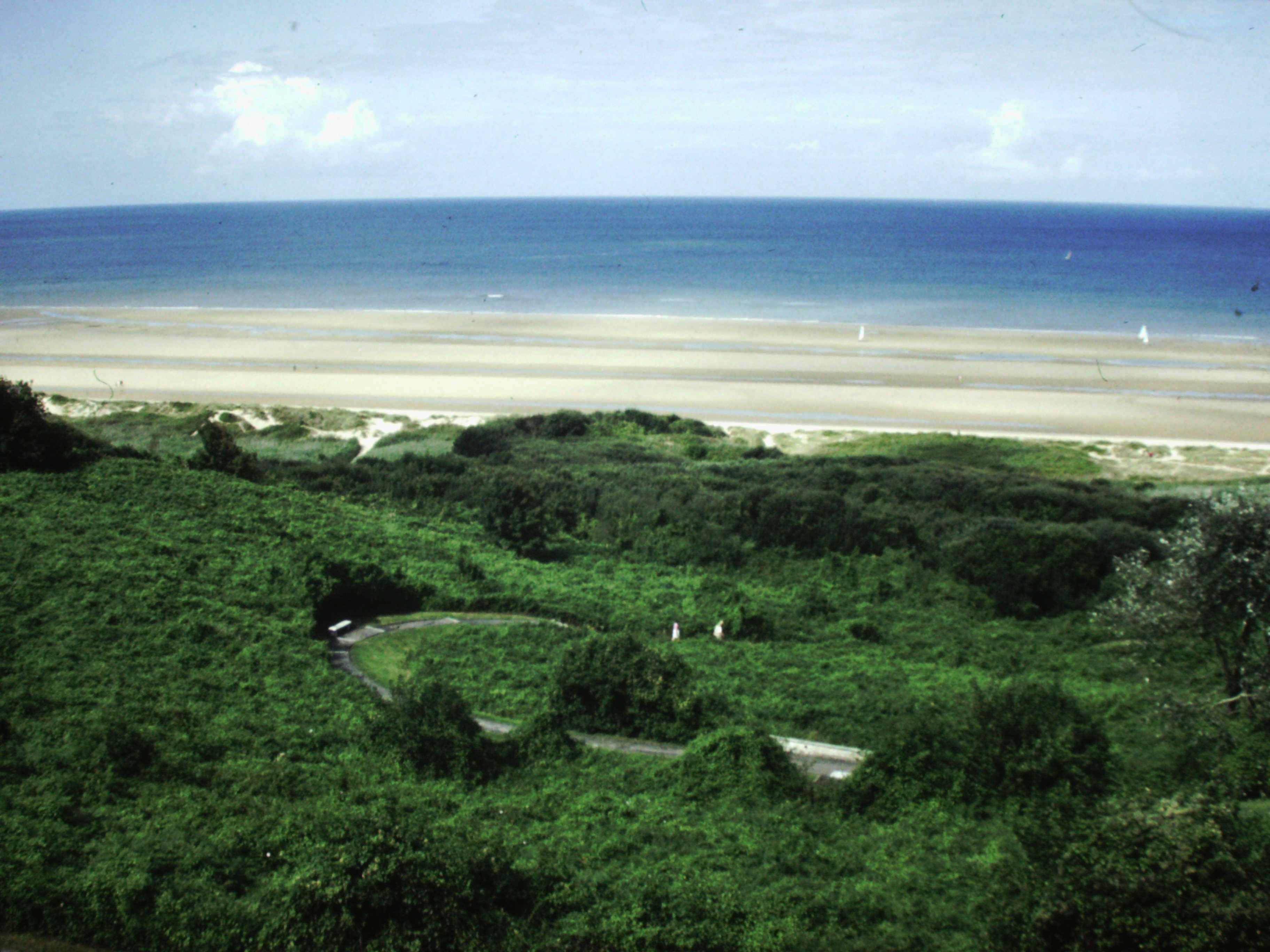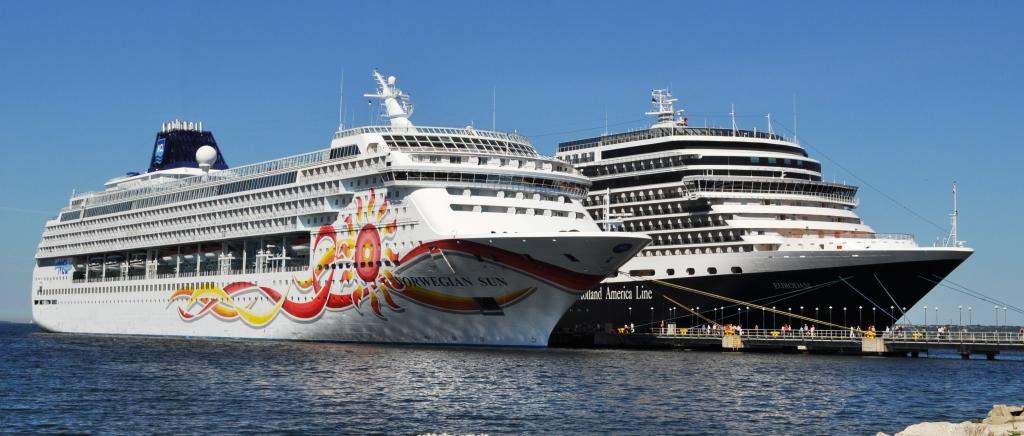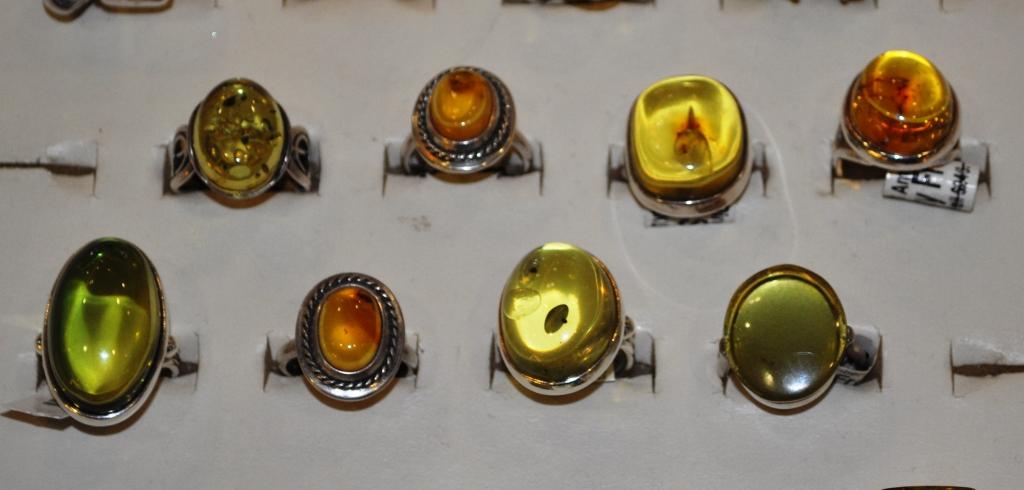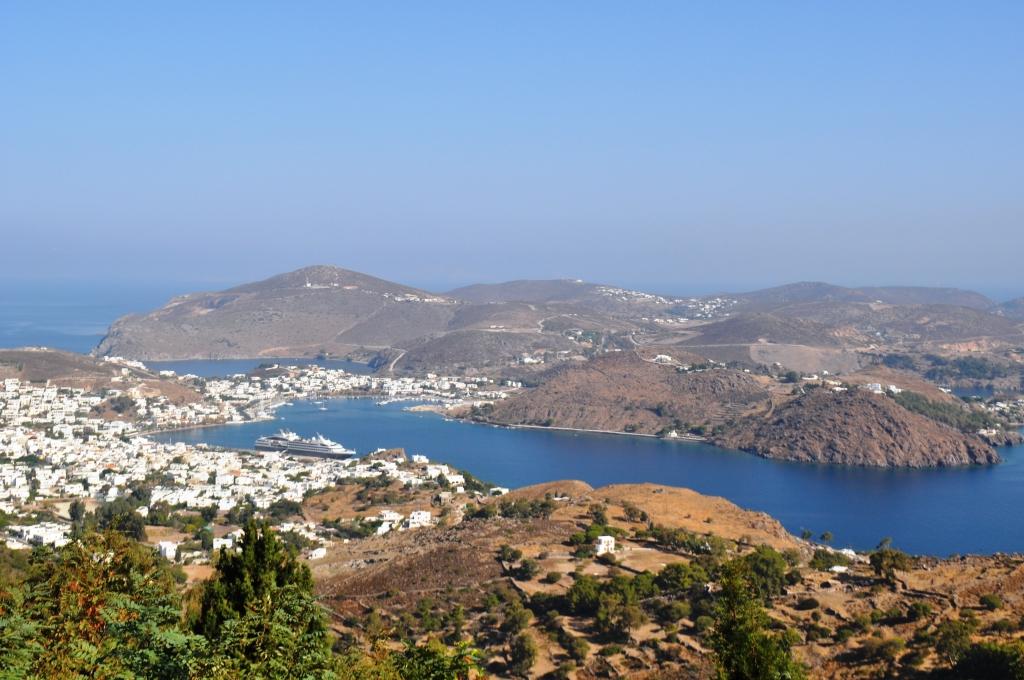I am looking at an eleventh-century comic strip, although there’s nothing comical about a flotilla transporting an army across a sea into battle. But as I study the carefully embroidered piece of linen — 231 feet long, 20 inches high, divided into 72 frames — I can’t help but be reminded of old action-hero comic books. One picture follows the next, each illustrating a chapter of the story: A promise, a betrayal, a battle for a kingdom. In one frame, Halley’s comet passes overhead, foretelling doom.
In Your Bucket Because…
- It’s the site of some of the most important history to affect the European world.
- The people here are especially welcoming to English-speaking visitors.
- Good for history buffs, Francophiles, gourmands.
Bayeux, Normandy, is located in the French Department of Calvados about two hours by train from Paris. If you have a mental picture of a small Norman town, this would be it: half-timbered houses, cobbled streets, and, as in so many French towns, a cathedral that seems altogether too big for a population of 14,000 souls.
The hotel I am staying in completes the picture: The three-star Lion d’Or is a former stagecoach inn dating back to the eighteenth century. Its restaurant reflects Normandy’s agricultural heritage, with a menu featuring regional and seasonal specialties: local cheeses like the stinky Livarot and creamy Camembert, regionally raised veal and salt-marsh lamb, apples on everything from sausage to sorbet, the ubiquitous Calvados (an aged apple brandy), not to mention oysters and sole from the English Channel, which lies only a few miles away.
Bayeux: A Town of Two Tales
The English Channel, called here in these parts, La Manche: Without that thin band of roiling slate gray water, Bayeux might not rate much more than a paragraph in a guidebook. But the channel is the site of an accidental collision between geography and history. It has been breached by armies only twice in a thousand years, and, in what strikes me as a rare instance of historic symmetry, both invasions are connected with Bayeux.
In 1066, William the Conqueror sailed from nearby beaches to claim the English throne; the medieval linen tapestry relating the invasion and his victory at the Battle of Hastings resides here still. In 1944, The Allied Expeditionary Forces came the other way and landed only a few miles from here. Bayeux was the first French town to be liberated, on June 7: D-Day plus one.
This is the place you go to learn about one invasion and commemorate the other.
The Bayeux Tapestry: History or Propaganda?
It is said that after a war, victors write the history. The Bayeux Tapestry is a Norman document. Among other things, it explains why a French duke thought he was entitled to an English throne. Scholars believe the tapestry was commissioned during the reign of William the Conqueror, perhaps by his brother-in-law, Odo, the Bishop of Bayeux. Interestingly, stylistic evidence suggests that this French interpretation of events was sewn into the historic record by English hands, perhaps in Canterbury or Winchester.
Small, focused museums have the ability and the breathing room to show you what they want you to see without befuddling your mind and hurting your feet. The Musee de la Tapisserie de Bayeux offers a series of well-paced interpretive exhibits — a film, dioramas, even an annotated copy of the tapestry – so that by the time you arrive at the tapestry itself, the story jumps out at you from behind the glass in the darkened room, from the still-strong colors embroidered into the age-browned linen strip.
It’s the details that strike me: In one frame, a soldier’s bare foot is covered with lines representing lapping water as he pushes a boat into the sea. In other scenes, boat-builders use axes to chop down trees and servants roast meat on a spit. And the heart of the story: The Normans prepare their ships for war. Harold of Essex dies. The English flee in defeat.
Reichsmarshall Hermann Goring, the famously rapacious art collector, was said to have an interest in acquiring the Bayeux Tapestry. Perhaps it is only apocryphal that he wanted it in order to learn how to invade England.
The Normandy Invasion: Modern Wars in Modern Times
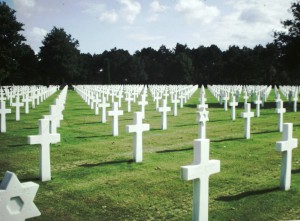
Goring was on the wrong side of history: The invasion, of course, came the other way.
The next day, I am standing on the cliffs at the American Cemetery at Omaha Beach. In the late afternoon light, I look upon the endless rows of white marble stars and crosses. So many of the inscriptions date from June 1944. I notice small piles of pebbles on some of the Jewish headstones; note the resting places of unnamed comrades “known only to God.” Behind me, in the main part of the memorial, the names of the missing are etched into a marble wall. A bronze statue depicts an American youth rising out of the sea. A light wind blows, a flag rustles, but everything seems so very still and silent. Even the wind seems to know that there are no words for the enormity of what happened here.
In the museum in Bayeux, stories are told in linen and colored thread; in the towns along the beach, newer stories are told in marble and bronze, in celluloid and paper, in the cracked elderly voices of those who were there. And we who visit? It is our job to remember the past — to visit its sites and listen to its stories — so that we are not be condemned to repeat it.
Down beneath the dunes, the waters of the channel shimmer blue and white, and a small boat bobs in the chop. A peaceful scene. Neptune’s oceans have washed away the blood. I don’t think they will ever wash away the stories.
Practicalities
- Tours of Norman beaches and other World War II sites are easily arranged in Bayeux.
- The town of Bayeux is walkable. The Musee de la Tapisserie de Bayeux is located on Rue de Nesmond.
- TGV (that means “fast”) trains to Normandy depart from Paris’s Gare St. Lazarre; it’s an hour and 45 minutes from Paris to Caen.
